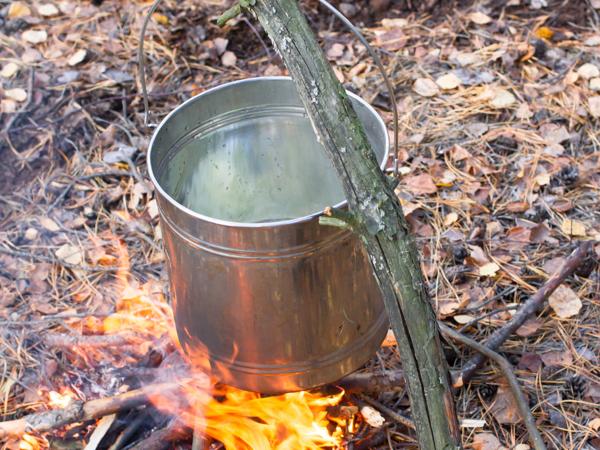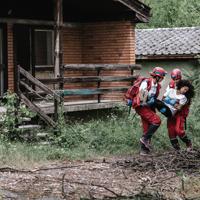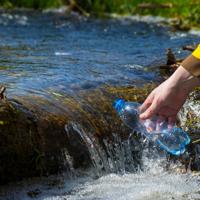Water is essential for survival, especially in extreme situations. Ensuring that the water you consume is free from harmful contaminants is crucial. In this article, we will explore various methods to purify water, helping you prepare for outdoor adventures or emergency scenarios.
Boiling
Boiling is one of the most accessible and reliable methods for purifying water. By bringing water to a rolling boil for at least one minute (or three minutes if you are at elevations above 6,500 feet), most pathogens such as bacteria, viruses, and protozoa are effectively destroyed.
Pros:
- Simple process.
- No need for special equipment.
Cons:
- Requires a heat source.
- Doesn’t remove chemical pollutants or debris.
Filtration
Water filters are valuable tools for removing physical impurities and many microorganisms. They come in various forms, such as pump filters, gravity drip systems, and straw-style filters. Filters often use carbon or ceramic elements to trap particles.
Pros:
- Portable options available.
- Can improve taste by removing particles and odors.
Cons:
- Need regular cleaning or replacement.
- May not remove viruses, depending on the filter’s pore size.
Recommended Filters
- Sawyer Products Mini Water Filtration System: Known for its lightweight design and efficiency.
- LifeStraw Personal Water Filter: Offers on-the-go convenience and requires no pumps or batteries.
Chemical Treatment
When boiling isn’t feasible, chemical treatments offer an alternative. Common disinfectants include iodine and chlorine dioxide tablets. These chemicals kill pathogens by inactivating them, making the water safer to drink after a designated waiting period.
Pros:
- Lightweight and easy to carry.
- Effective against bacteria and viruses.
Cons:
- Might alter the water taste.
- Requires a wait time before the water is safe to drink.
Ultraviolet (UV) Light
UV light devices offer a modern and effective way to purify water by disabling microorganisms’ DNA. Compact UV pens can be used to treat small quantities of water.
Pros:
- Quick treatment time.
- No chemicals or physical changes to water.
Cons:
- Requires batteries or a power source.
- Doesn’t remove particles or chemical contaminants.
Solar Purification
Solar water disinfection (SODIS) is a technique that uses the sun’s UV rays to purify water. By filling clear PET bottles with water and exposing them to direct sunlight for at least six hours, UV radiation and heat work together to kill pathogens.
Pros:
- Low cost and sustainable.
- Minimal equipment needed.
Cons:
- Relies on sunny weather.
- Requires cloud-free conditions for effectiveness.
Distillation
Distillation involves evaporating water and collecting the condensed steam as purified water, thereby removing salts, heavy metals, and other dissolved substances. This is an effective method, especially for desalinating seawater.
Pros:
- Removes a broad range of impurities.
- Can improve taste by removing unwanted elements.
Cons:
- Energy-intensive process.
- Not practical for large volumes without adequate setup.
Conclusion
Each water purification method has its own benefits and limitations. The choice of method depends on the specific needs and conditions. Being prepared with appropriate purification tools is a step towards ensuring safety in survival situations.
For further information, refer to resources provided by trusted organizations such as the Centers for Disease Control and Prevention (CDC) and the World Health Organization (WHO).
Personal preparedness and knowledge can make a significant difference. By equipping ourselves with the skills to purify water effectively, we can navigate challenging situations more safely and confidently.




